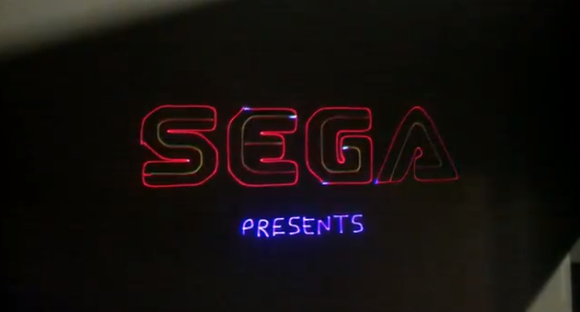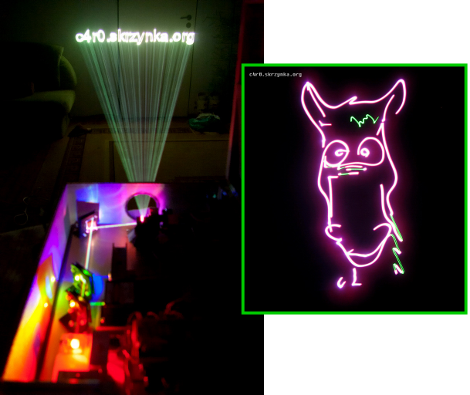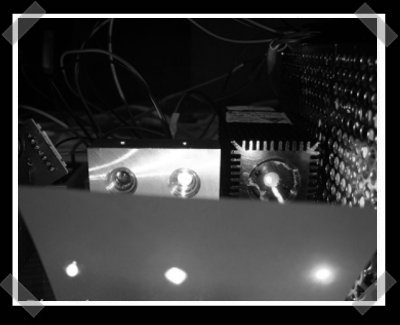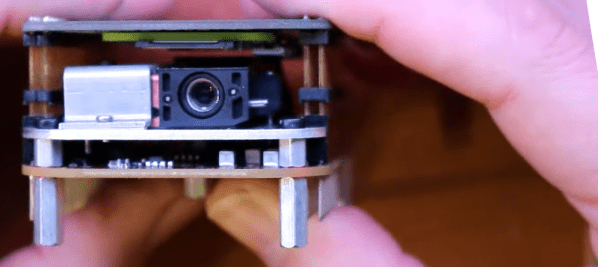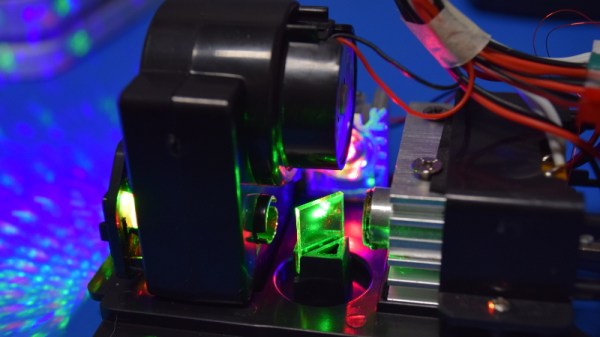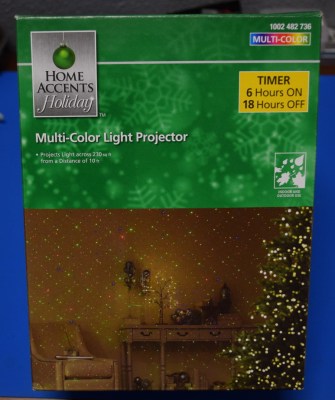Vector based displays were used for arcade games in the ’70s and ’80s. A typical CRT uses raster graphics, which are displayed by deflecting a beam in a grid pattern onto a phosphor. A vector display deflects the beam in lines rather than a full grid, drawing only the needed vectors. Perhaps the best known vector game is the original Asteroids.
[Jeremy] built up a RGB laser projector, and wanted to run some classic arcade titles on it. He started off by using the XMAME emulator, but had to modify it to communicate with the laser and reduce flicker on the display.
To control the laser, a modified version of OpenLase was used. This had to be enhanced to support RGB color. The modified sources for both the MAME emulator and OpenLase are available on Github.
[Jeremy]’s friend, [Steve], even got a vector based game that he wrote working on the system. “World War vi” is a shoot-em-up battle about the vi and emacs text editors.
The results of the build are shown in a series of videos after the break.
Continue reading “Playing MAME Games On A RGB Laser Projector”

